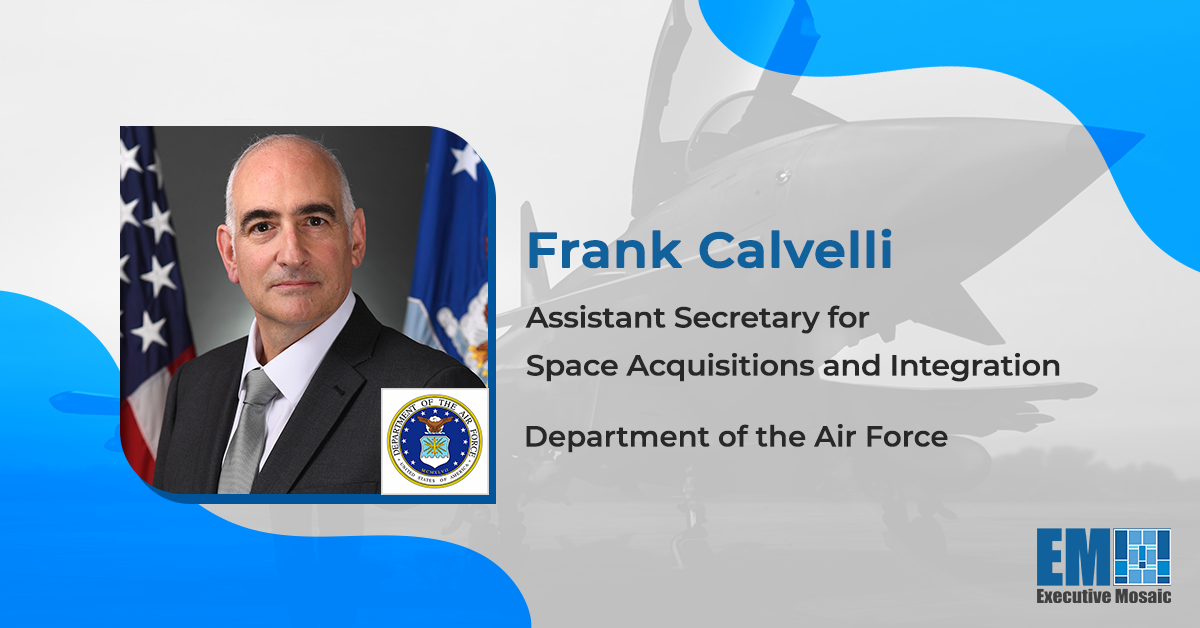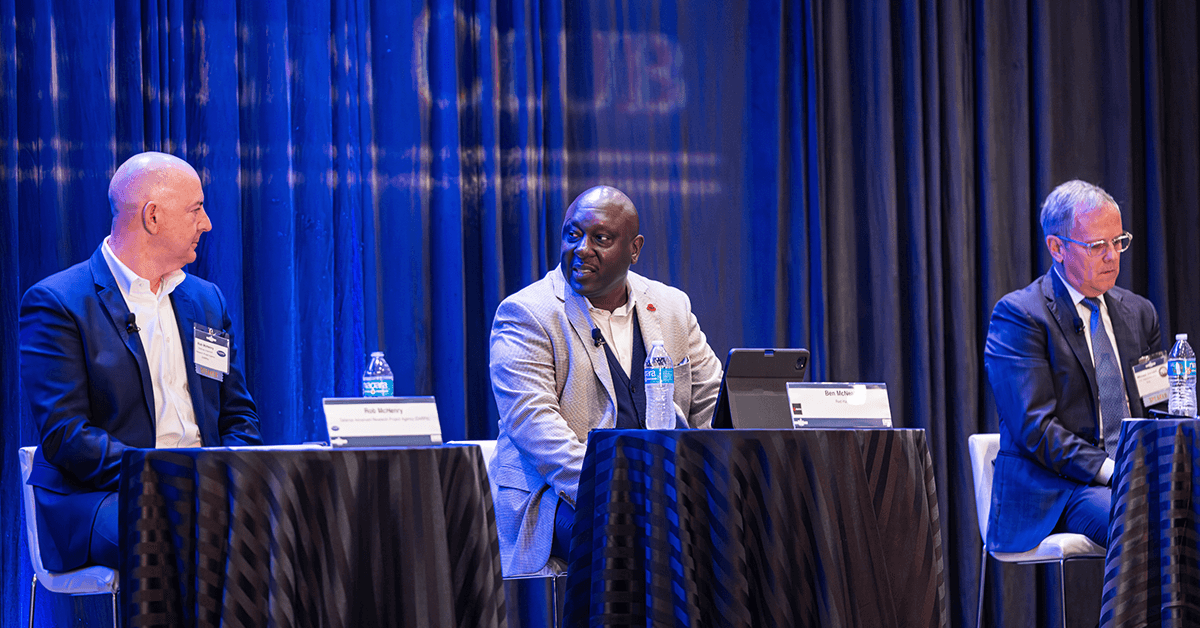The current space architecture and methodologies for developing and fielding new space technologies came about before space was a contested arena. Or, perhaps in the time between when space was first a contested environment — the Space Race of the 1950s through the 1970s — and the present day. In the modern climate, nations such as China are seen as fierce competitors to the interests of the U.S. by military leaders.
In legacy acquisition strategies, large-scale satellites were constructed over lengthy periods of time, usually via cost-plus contracts, which compensate a contracting company for all of its expenses with an added sum for profit purposes. New tools were also often created during these projects in order to complete them. However, executives coming into new positions in the government are looking to change these strategies to better align them with the threats that have become increasingly concerning.
One such official is the Honorable Frank Calvelli, assistant secretary of the Air Force for space acquisitions and integrations.
“We are transforming…to a more proliferated and more resilient architecture that can be counted on during times of crisis and conflict,” Calvelli outlined in a keynote address at GovCon Wire’s 2023 Space Acquisition Forum on Wednesday.
Clavelli, who came into his newly established position in May 2022, said these evolutionary efforts will be achieved primarily by speeding up acquisition processes and “shorten[ing] development cycles.” He referenced the nine tenets of space acquisition that he introduced in Oct. 2022 as key to the execution of the changes. Clavelli’s previously released directives include “maintain stability in programs,” “avoid over-classifying” and “enable teamwork.”
However, at the GovCon Wire event, Clavelli offered four calls to action — which, taken together, he dubbed a “simple formula” — that he believes will result in speedier acquisitions and thus a more efficient ability to respond to adversarial threats in the space domain.
- Build smaller systems
Larger satellite systems are logistically cumbersome due to the fact that they require large bus structures, tanks, payloads and components. Their testing and development is an extended process, even without significant design changes, so that even a fairly straightforward large satellite system is going to slow things down.
“From what I’ve seen from across the department, there are very few missions, if any, that require large satellites,” Calvelli stated.
- Use existing technologies
According to Calvelli, during contracted work, it’s the instinct of both public and private sector entities to devise new technologies and spur innovation while they complete projects. They like to “make improvements to existing technology designs” and institute upgrades to systems. Instead, Calvelli feels it is best to lean on the innovations already achieved by the private sector and in internal research and development efforts to complete space acquisition endeavors quickly and cost-effectively.
“We must utilize existing technology and designs in order to minimize NRE or non-recurring engineering,” the executive shared, referencing engineering that isn’t repeatable and involves procedures and activities that have to be stood up and dismantled just for one project.
- Use shorter-length contracts
Contracts for procuring new space technologies should be less than three years, Calvelli argues. He says this will drive program stability, as protracted efforts that last up to five or 10 years can be marred by constant changes to a program baseline that are harmful to the quick delivery of capabilities. He told the virtual audience at the GovCon Wire event that drawn-out contract efforts can also confuse private sector participants and make it unclear how serious or committed their government sponsors are about the initiative at hand.
- Utilize firm-fixed-price contracts
“Building smaller satellites with low NRE and on fixed-price [contracts] adds a level of discipline, prevents the constant rethinking of programs and scope changes with each yearly budget build and avoids changes from cost reestimati[ons] and requirements,” Calvelli explained.
Thus, rather than implement contracts that allow for a constant renegotiation of funding and resources — which would further contribute to a program instability — firm-fixed-price contracts can assist with creating and deploying space technology in a way that is durable and consistent.
If carried out, Calvelli sees these four steps — in conjunction with his aforementioned nine tenets — as instrumental in helping to bring much-needed tools into the hands of warfighters at a faster clip.








